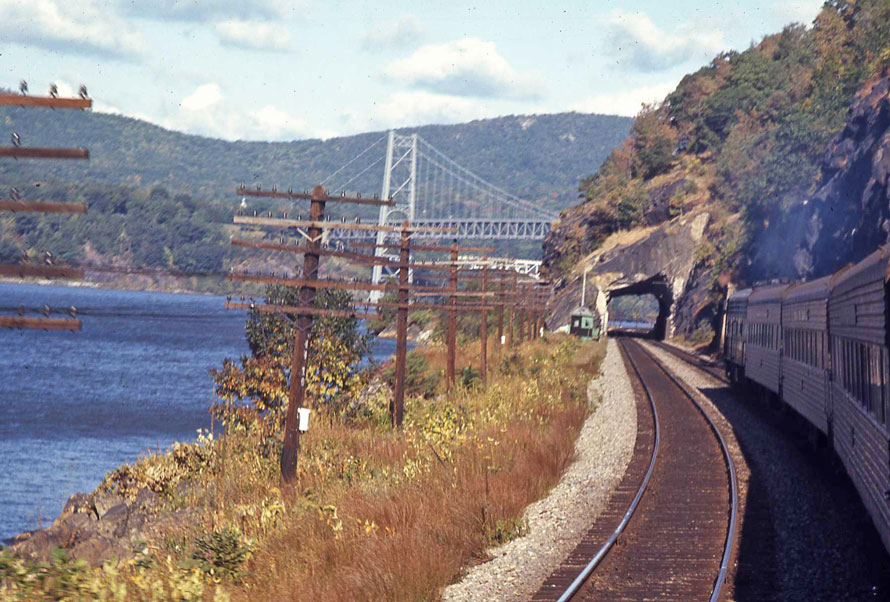
I was lucky to be one of the last hires on the New York, New Haven, and Hartford Railroad, starting in June 1968, six short months before the Penn Central takeover of my railroad. What later turned out to be Amtrak was being discussed at the time. Passenger trains were being discontinued, and the ones still operating were losing money. It was obvious that many long distance trains were on the ropes; if a railroad trip across North America was to be taken, there was no time to waste.
How to plan the trip? The Official Railway Guide was the bible, showing every train on every railroad in the United States and Canada. Despite the elimination of so many trains, there were still choices to be made, and planning the trip was half the fun.
Most railroads gave free passes to their employees, and had reciprocal arrangements for employees from “foreign” roads, either for free travel or reduced rates for Pullman or extra fare space. I always made a point to identify myself with my New Haven pass, and my Union Card for the Brotherhood of Railroad Telegraphers, and train crews were invariably welcoming and friendly.
I decided on a great circle route, leaving from Stamford, Connecticut on the New Haven in July, 1969, to Grand Central Terminal. From there, New York Central to Mott Haven, then over to the Hudson River,
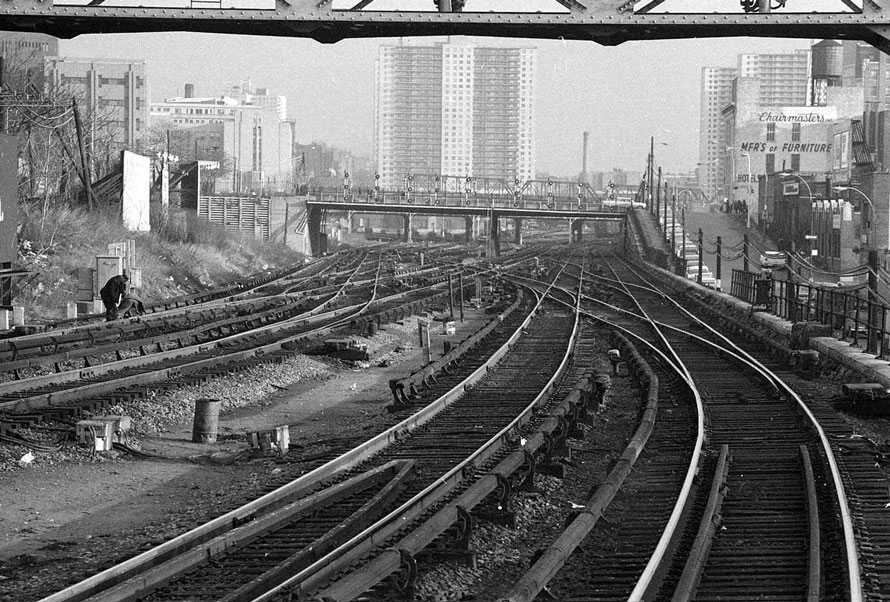
. . . up to Croton-Harmon for the engine change from electric to diesel,
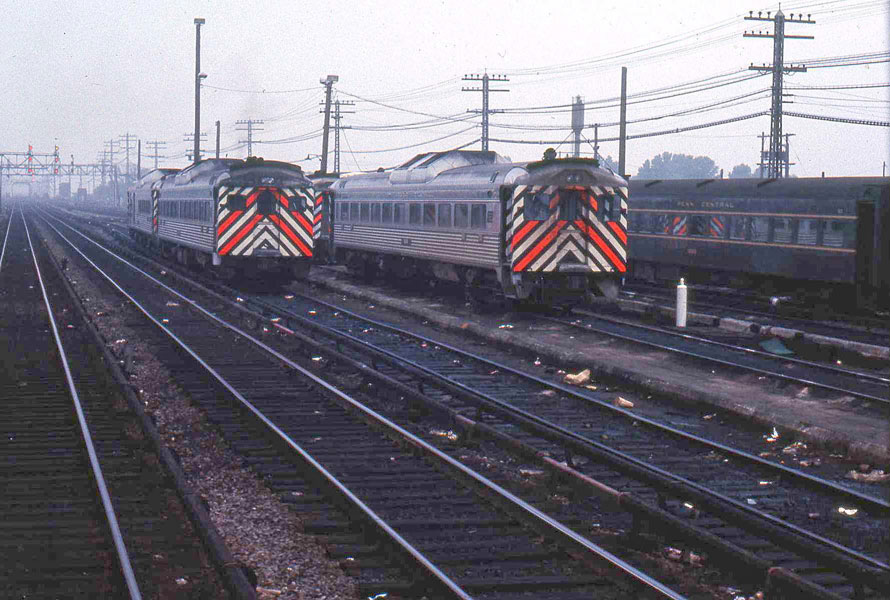
. . . then along the Hudson River to Albany on the New York Central’s Adirondack Division, and on to Montreal along Lake Champlain on the Delaware & Hudson.
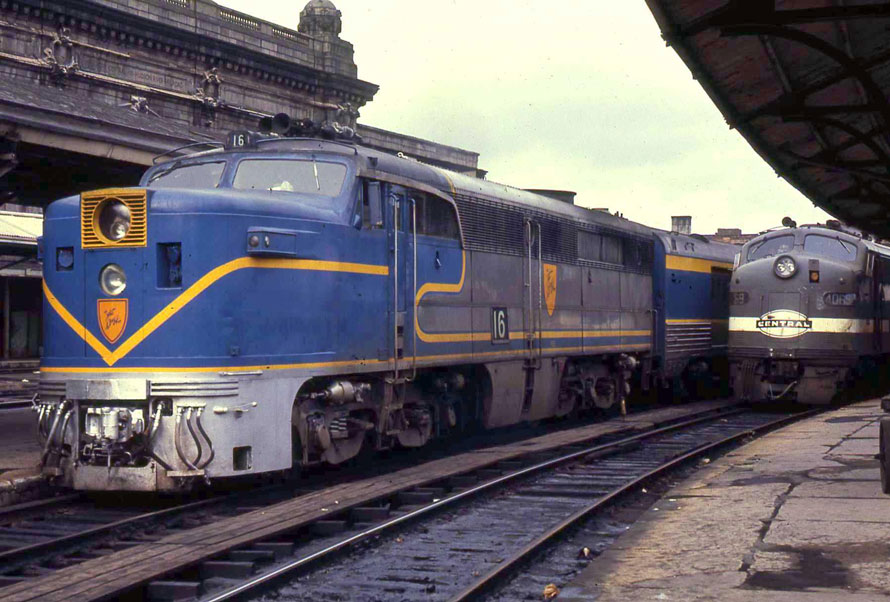
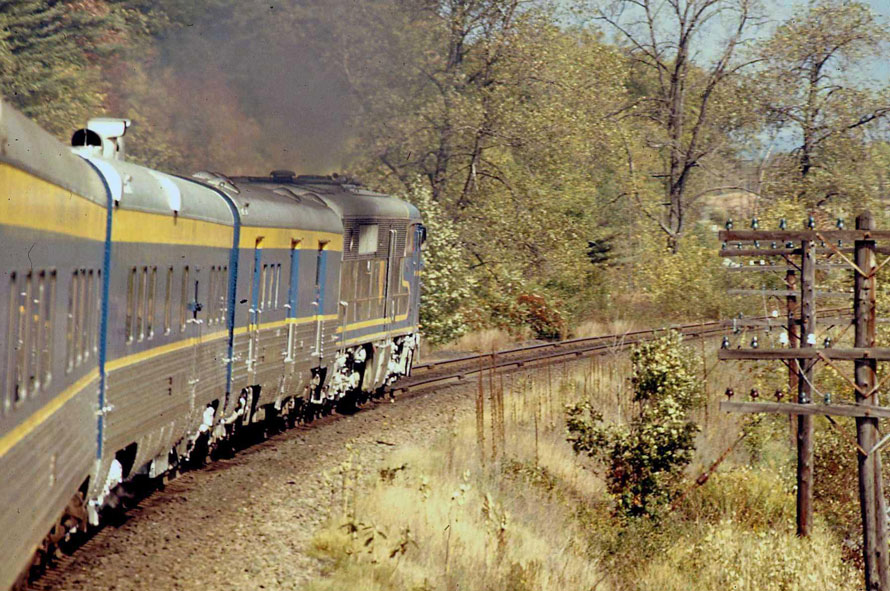
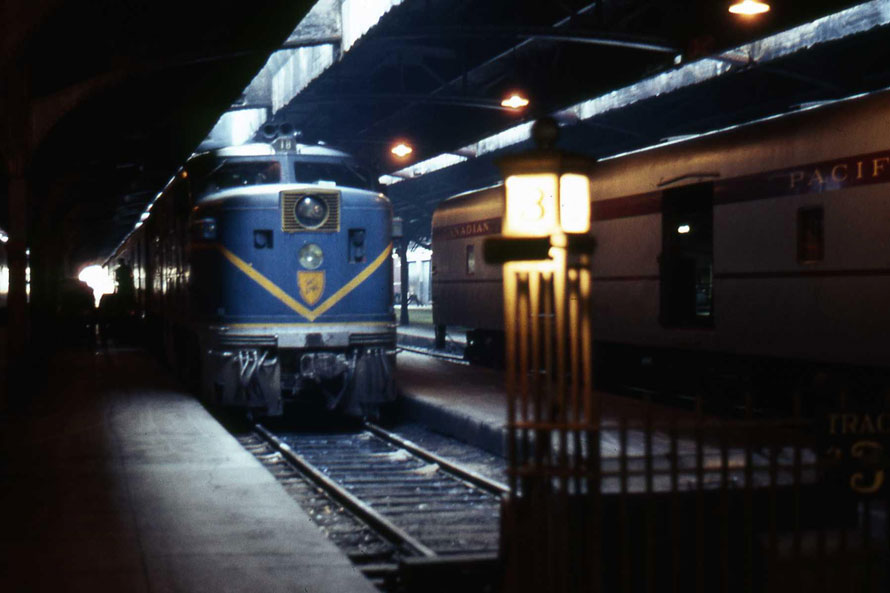
I had the day in Montreal, and toured the city, including a ride up Mount Royal with some other folks having as much fun as I was.
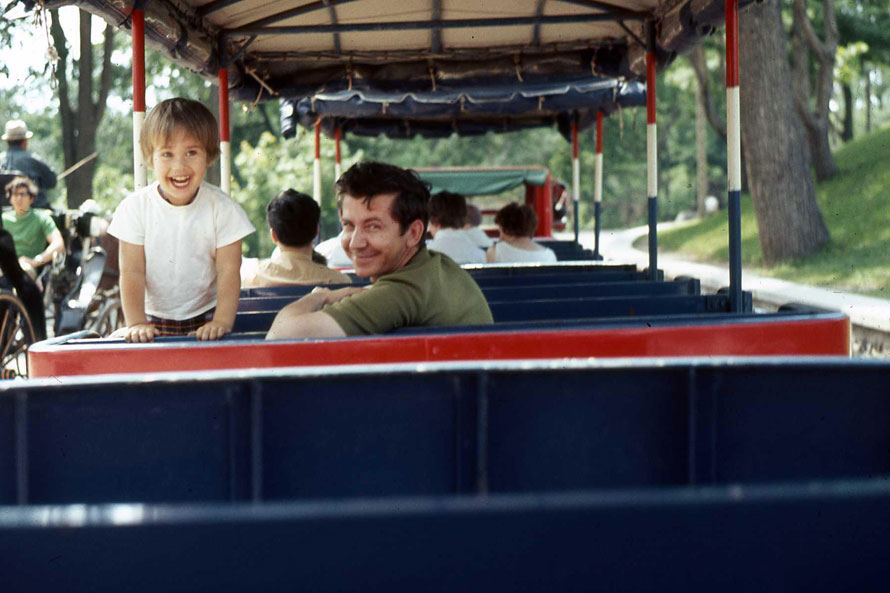
After leaving Montreal in darkness, the following morning started the continuous display of amazing Canadian scenery.
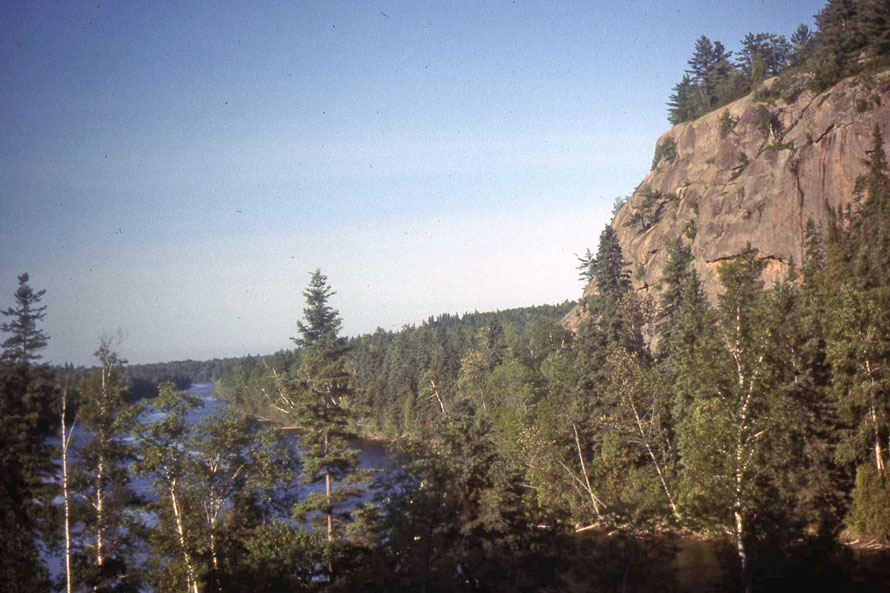
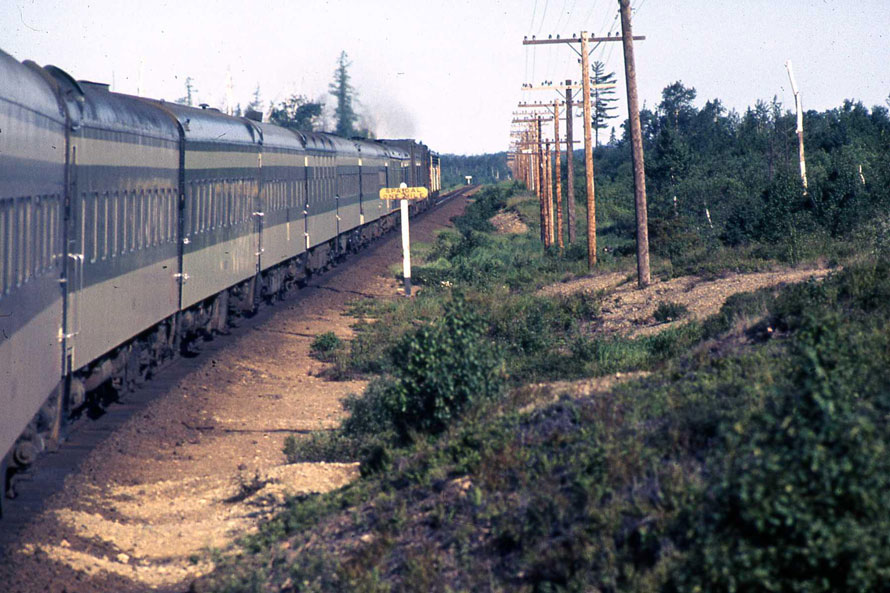
Coaches on the trains were wonderful. Large, clean glass windows allowed an excellent view of the passing scenery, and every car had double “dutch doors” which allowed the avid railroad photographer the chance for photos. Once the train crew knew you had railroading experience, they were tolerant and understanding, if somewhat bemused by your willingness to get brake shoe dust in your face.
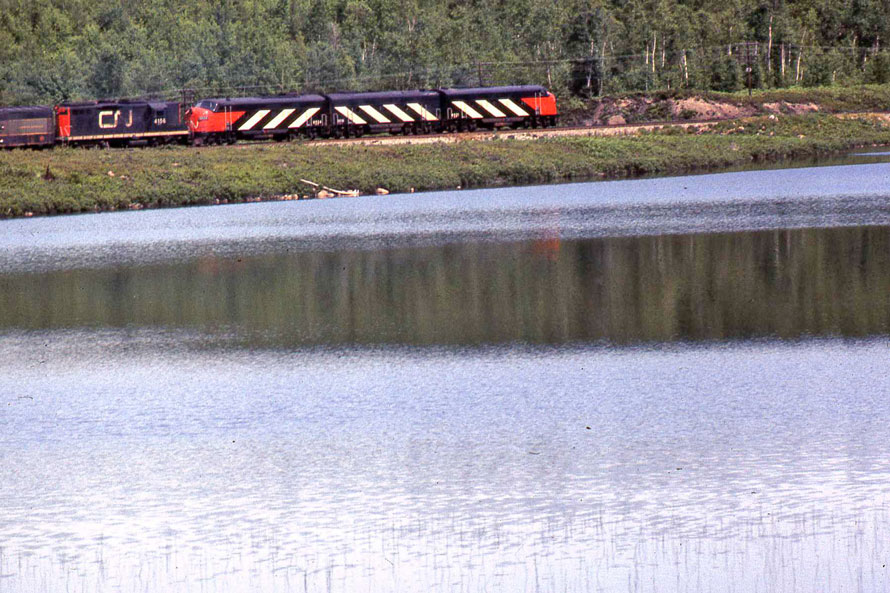
Out of the seat to the end of the car, open the Dutch door, check the camera settings, and see what we can see.
First the lakes and forests going through Quebec, then the endless prairies, and finally the Canadian Rockies before the long trip down the river to Vancouver. I paid close attention to our progress and speed, and whenever the train slowed down, it was either for a station stop or a CTC meet with an eastbound.
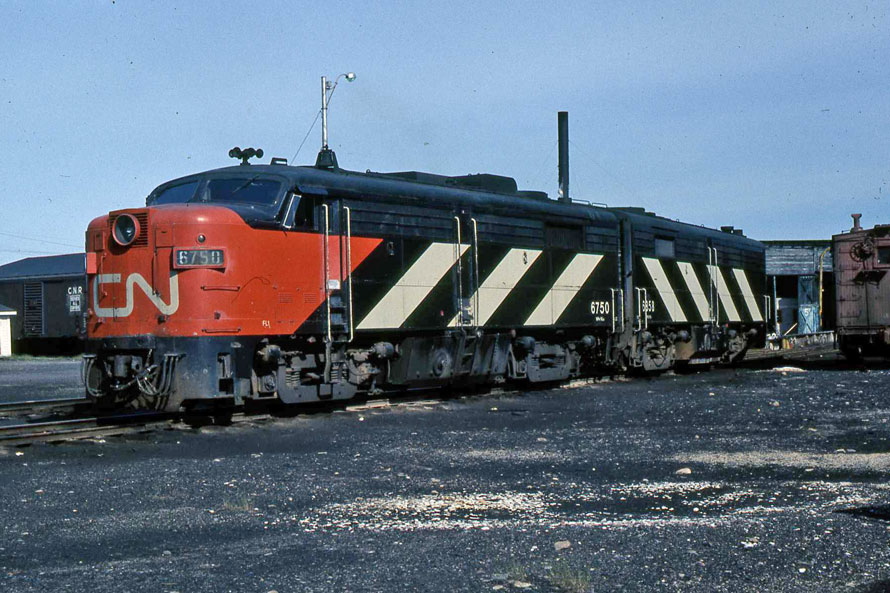
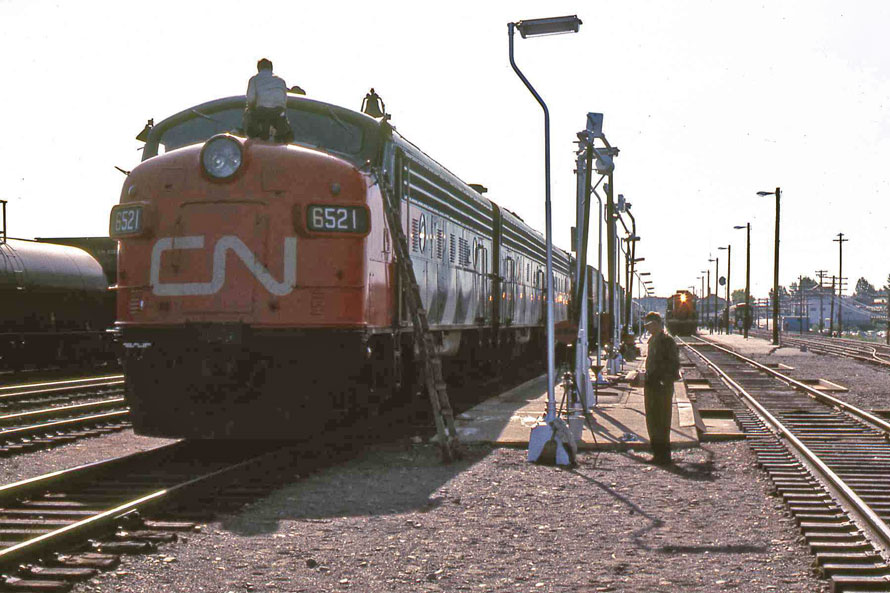
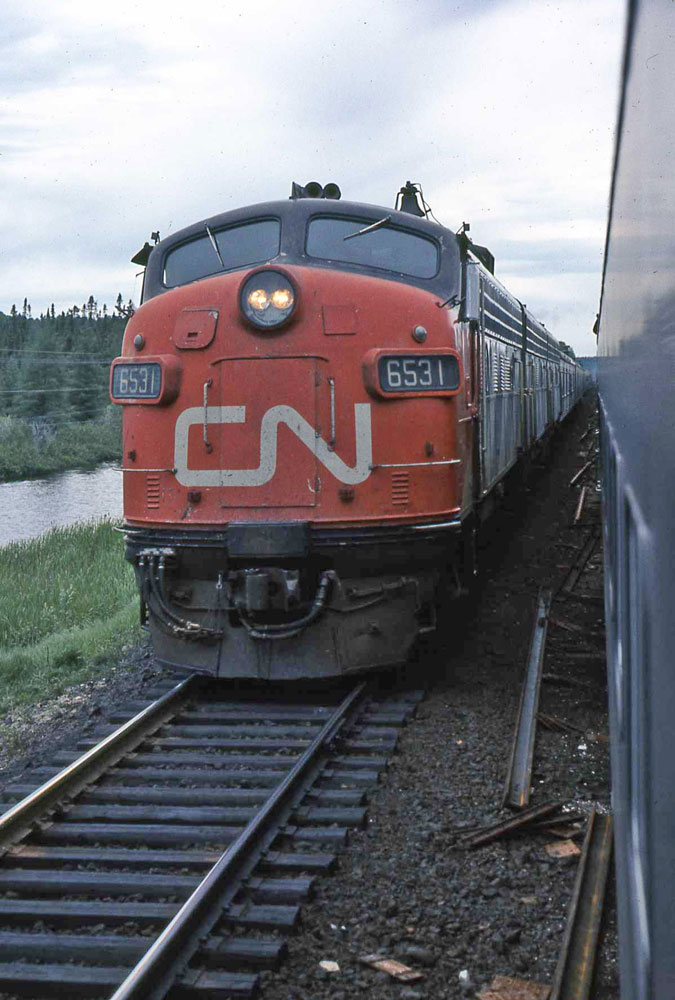
This was railroading like I had never seen it. My job on the New Haven involved mostly passenger trains operating in electrified, four track mainline territory, with a handful of freights for good measure. But here it was single track CTC with passing sidings, usually with huge freight trains waiting for us in sidings, with crew-members on the ground for the roll-by.
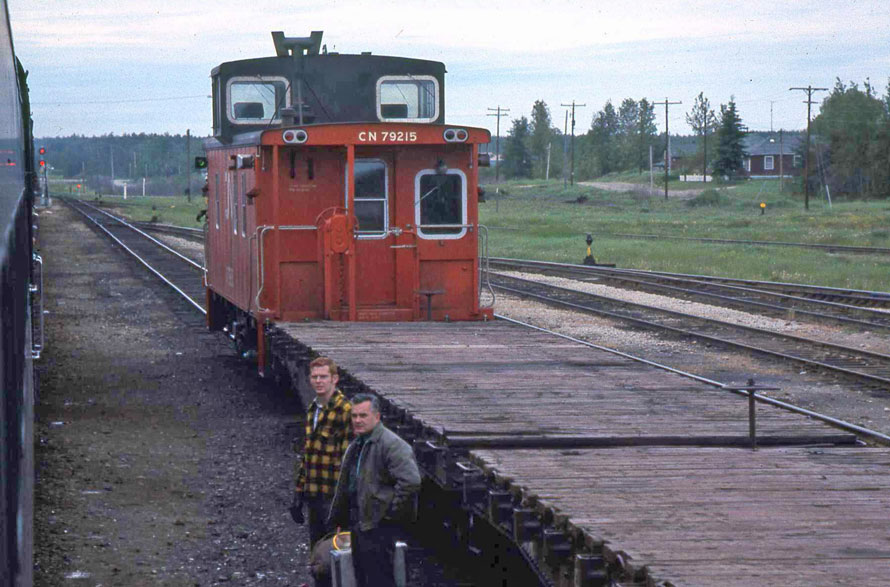
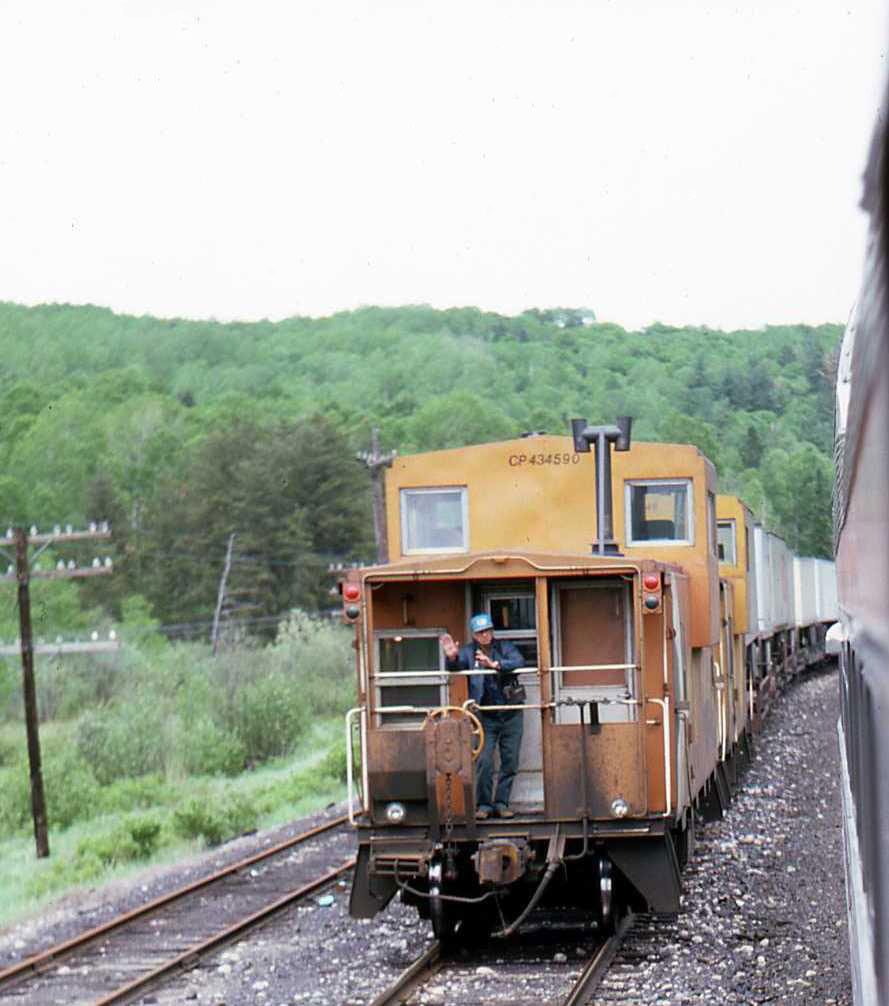
I always checked their train as well for shifted loads, sticky brakes, etc., and gave them a railroader’s “highball” wave from the dutch door, which was always gratefully returned. For someone who loved trains, and wanted to learn more, I was having a great time!
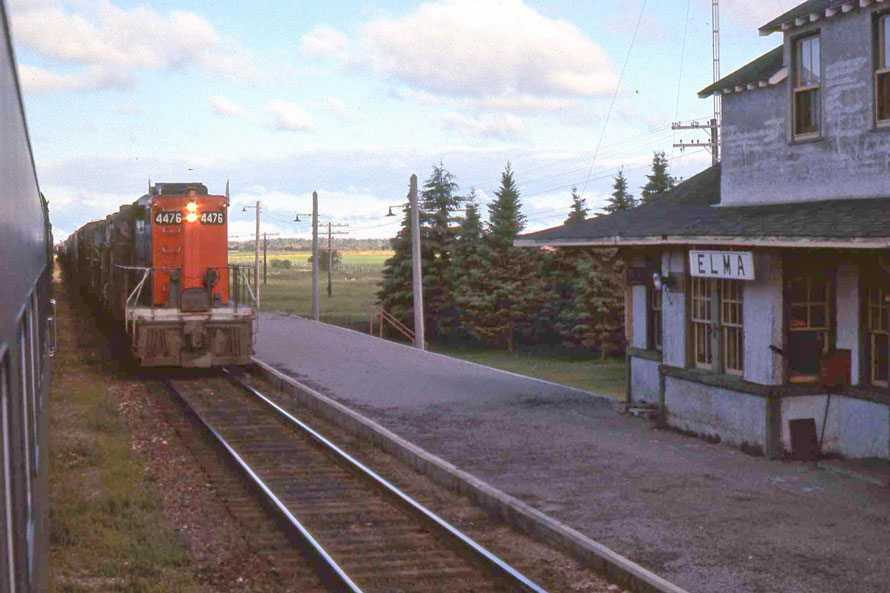
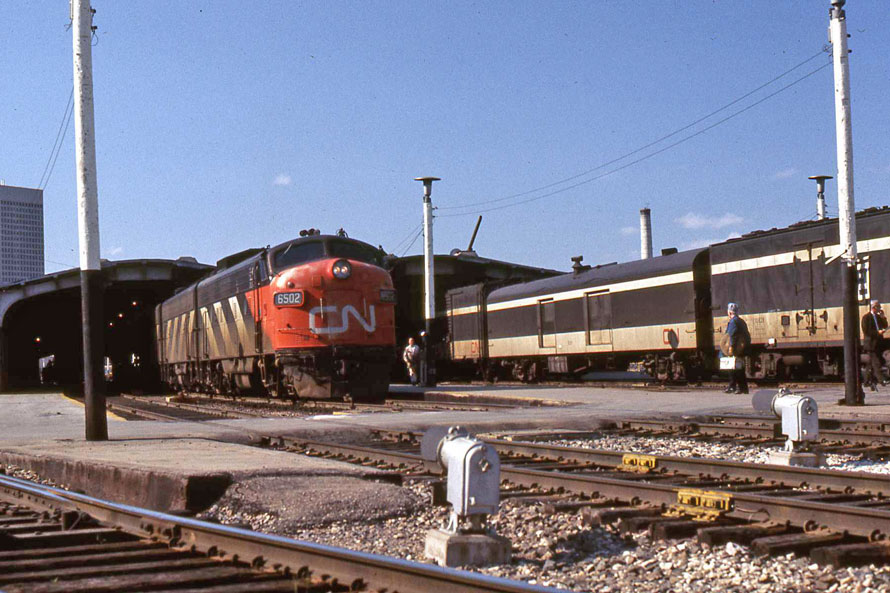
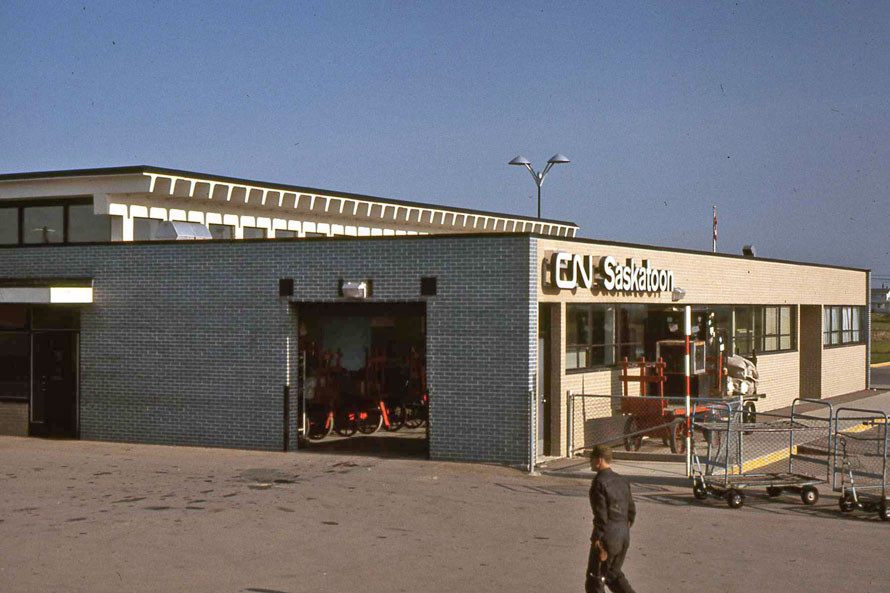
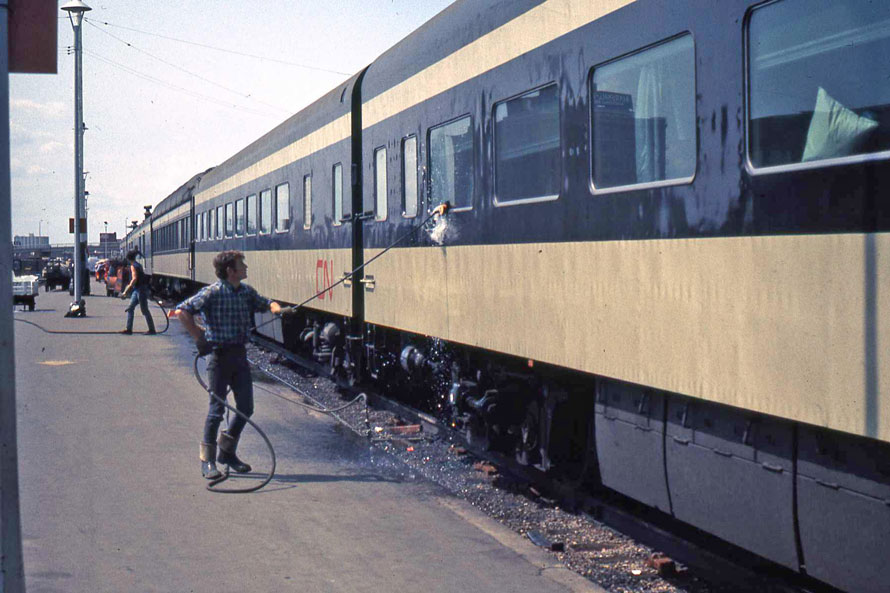
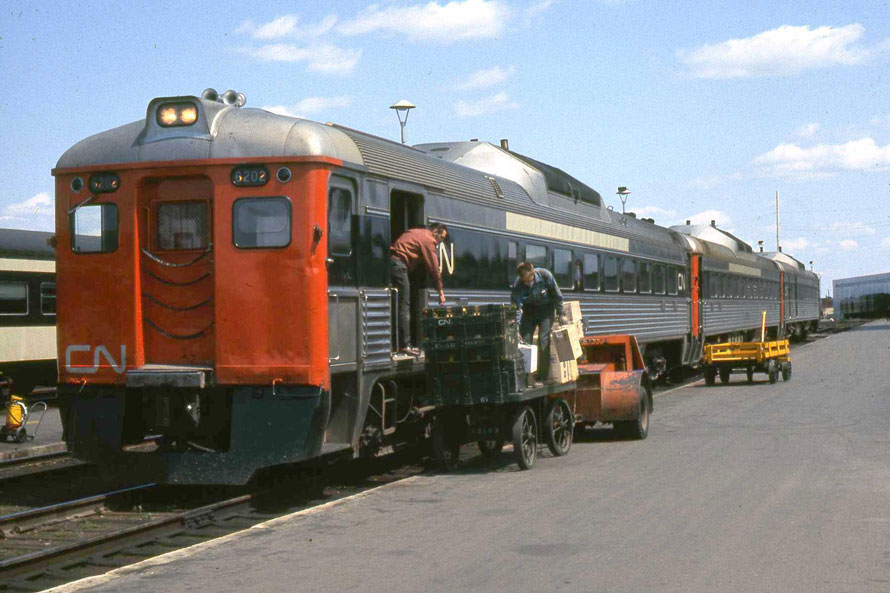
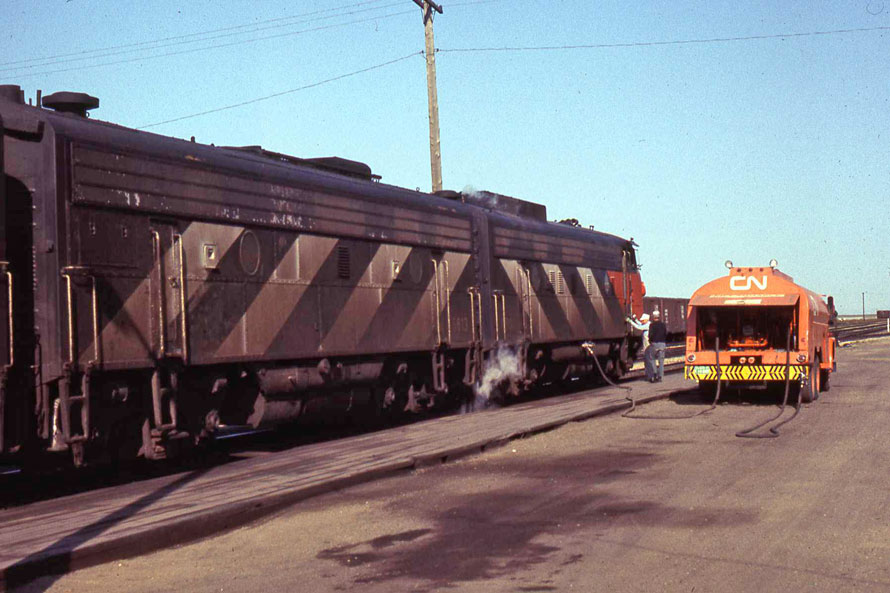
Part of the pleasure of trains like the Super Continental was meeting the people who were on the train. In the summer months, many were vacationers, all with interesting stories of where they were from, and why they were on this train.
There was the young civil engineer working for Canadian National who was designing and contracting catch basins for fuel overflow at refueling stops. He got a salary, with expense account, and a large part of his job involved riding the trains. I was envious.
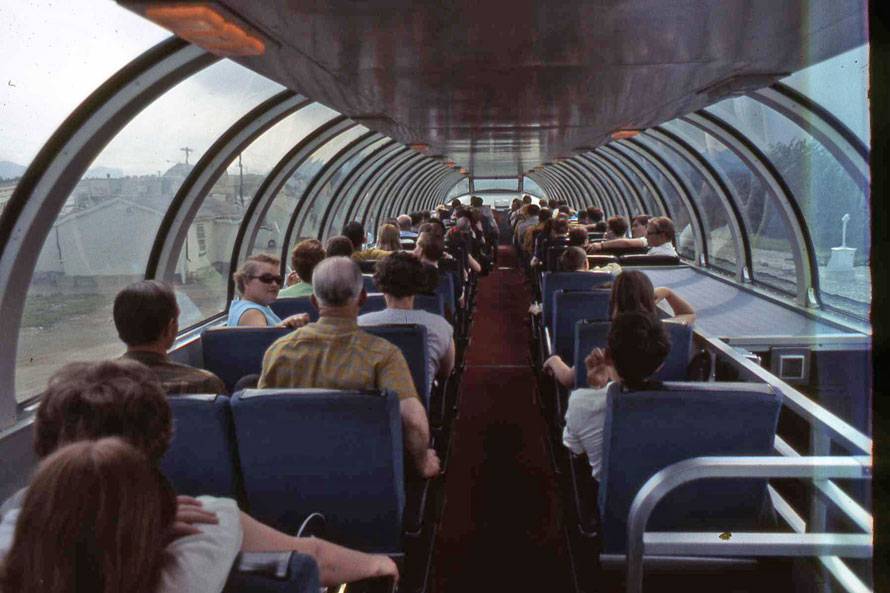
One family I met had the compartment next to mine. The four were traveling by train for the first time, and after a long ride through the flat-lands, the two kids started to get bored and tired, and complained loudly to their parents.
I decided an intervention was needed, so I went to their compartment and invited the kids to join me next door.
“How fast are we going?” I asked.
“I don’t know.”
“Would you like to know how to figure it out?”
“YES!”
“OK, watch out the window, and look for a white post next to the tracks with a letter and number painted on it. That’s called a “milepost”, and they are exactly one mile apart.”
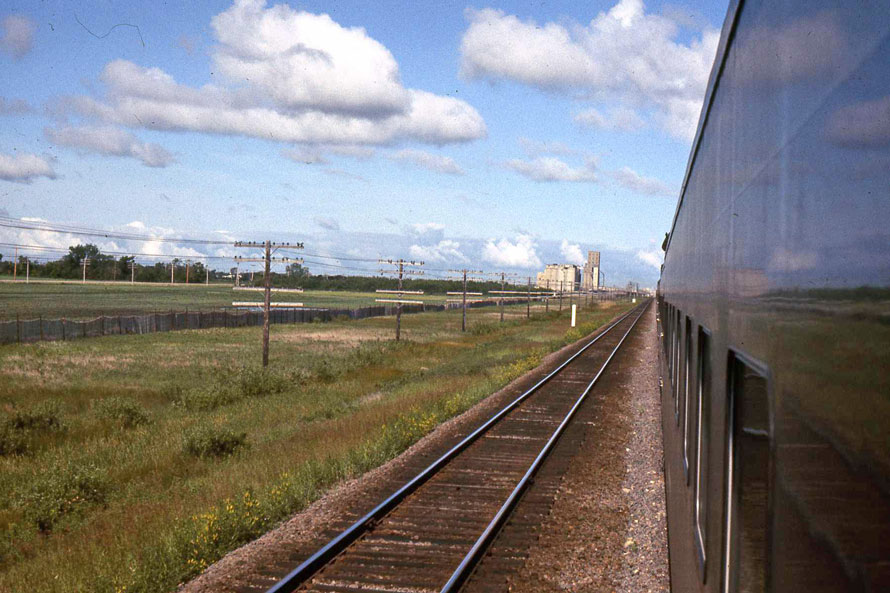
“Look, there goes another one! OK, who has a watch? Look for the next milepost, then your watch to see how long it is before the next milepost.”
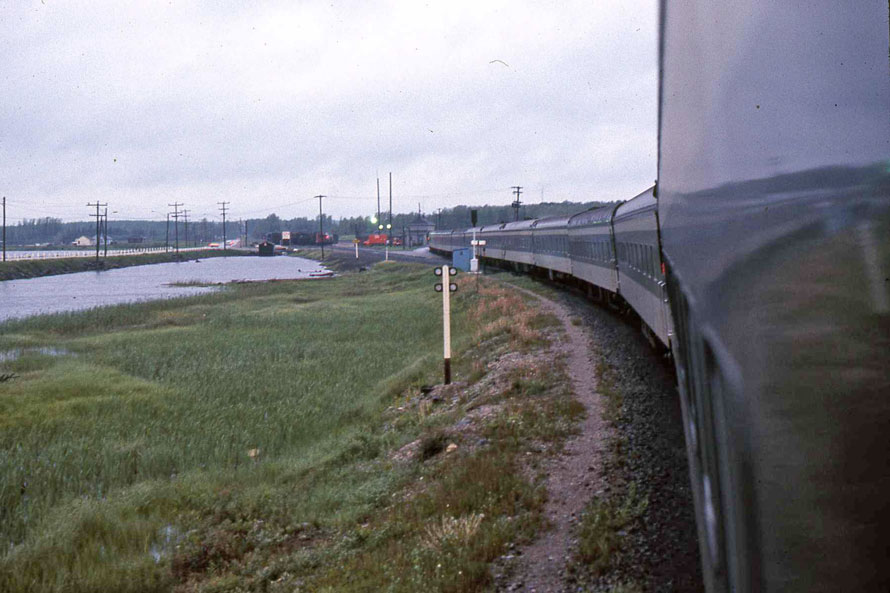
“Now, we know the distance and how long it took, so we can figure out miles per hour!”
That kept them interested and engaged, and when they detrained a few hours later, we were all fast friends.
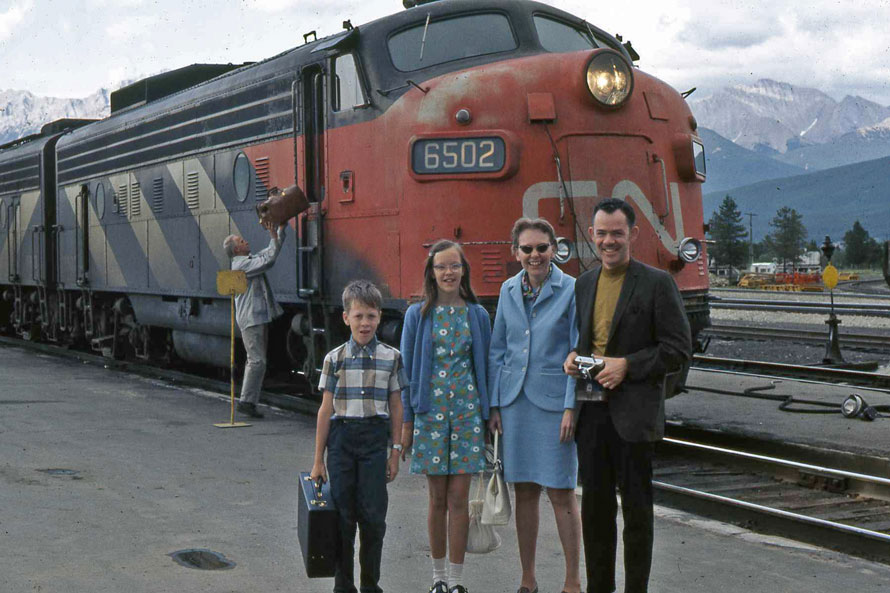
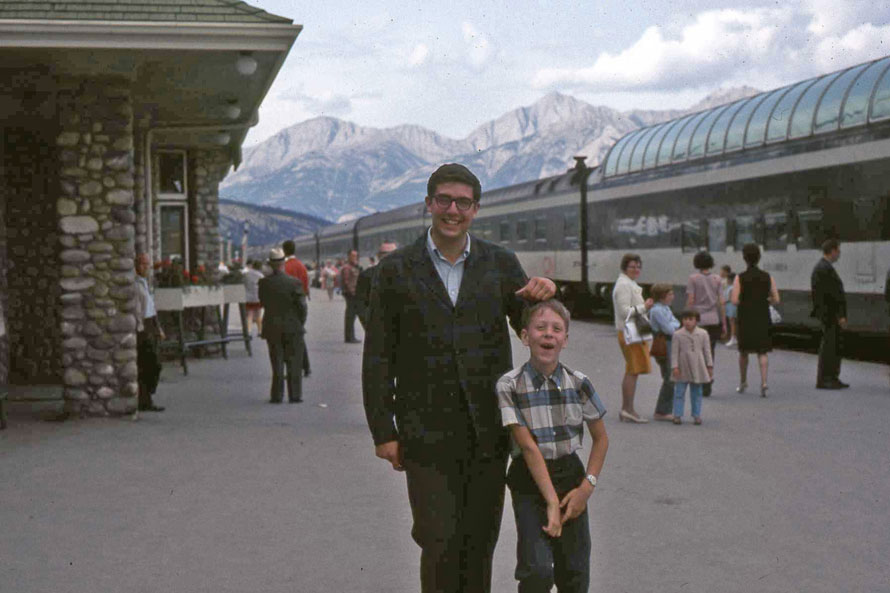
And so it went, mile after mile of jaw-dropping scenery and railroading like I had never seen it before.
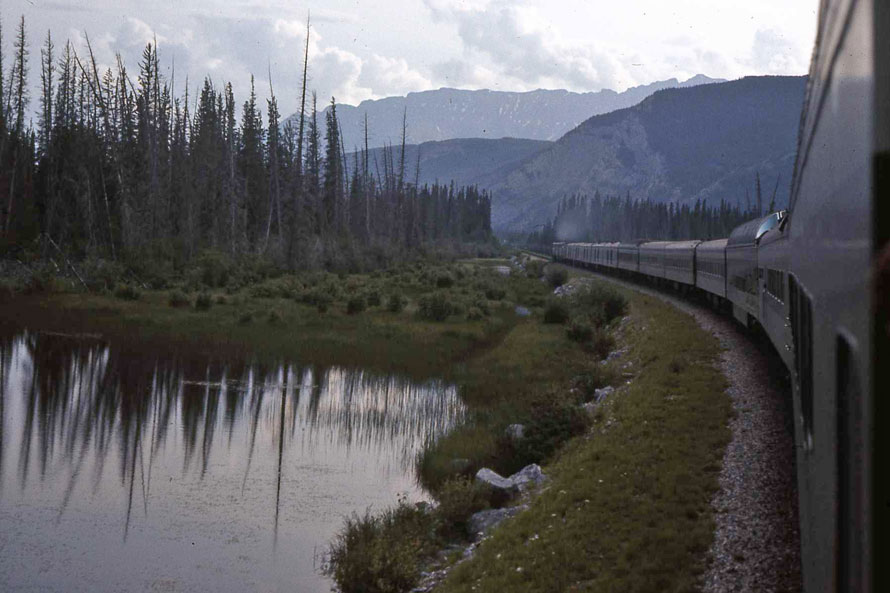
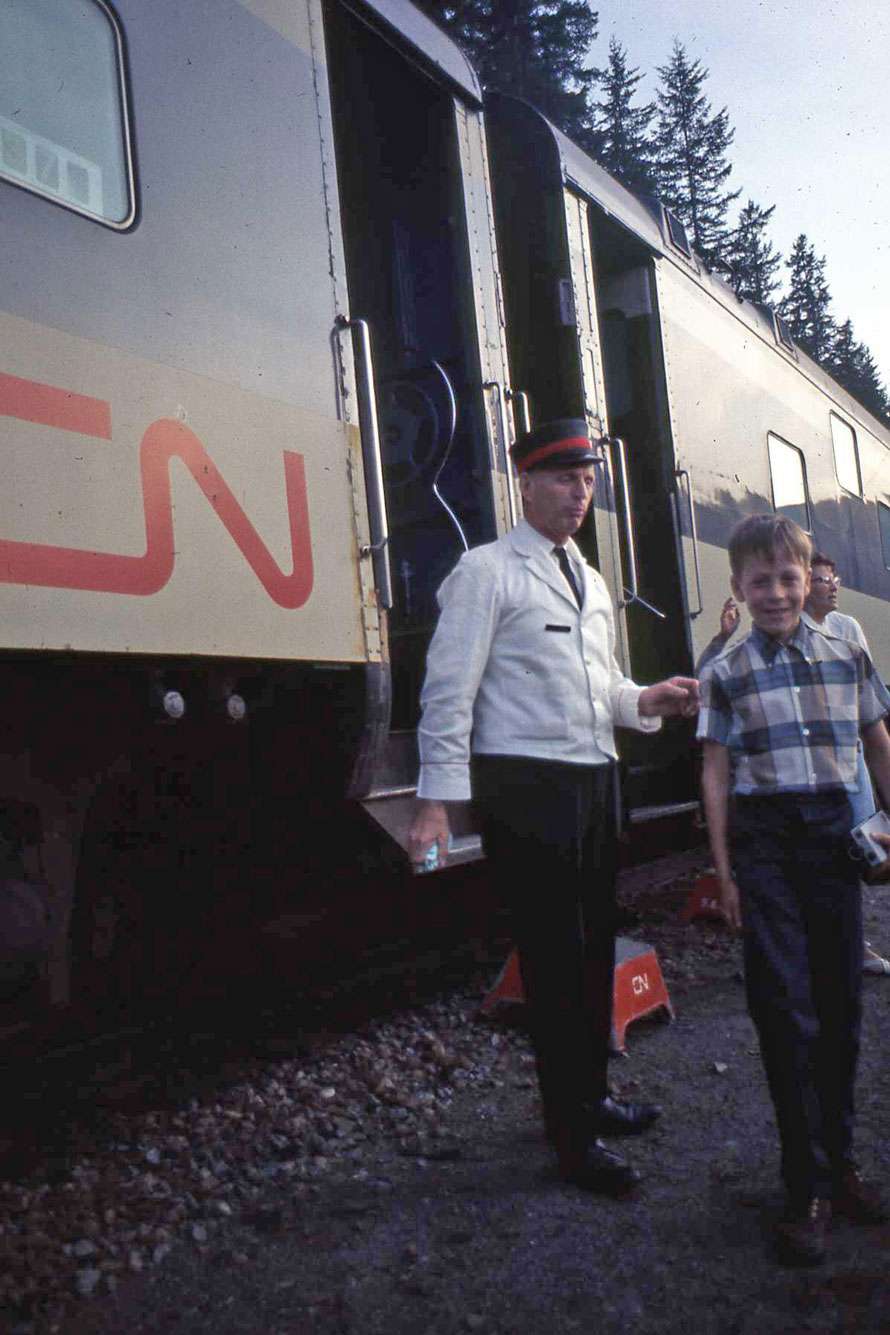
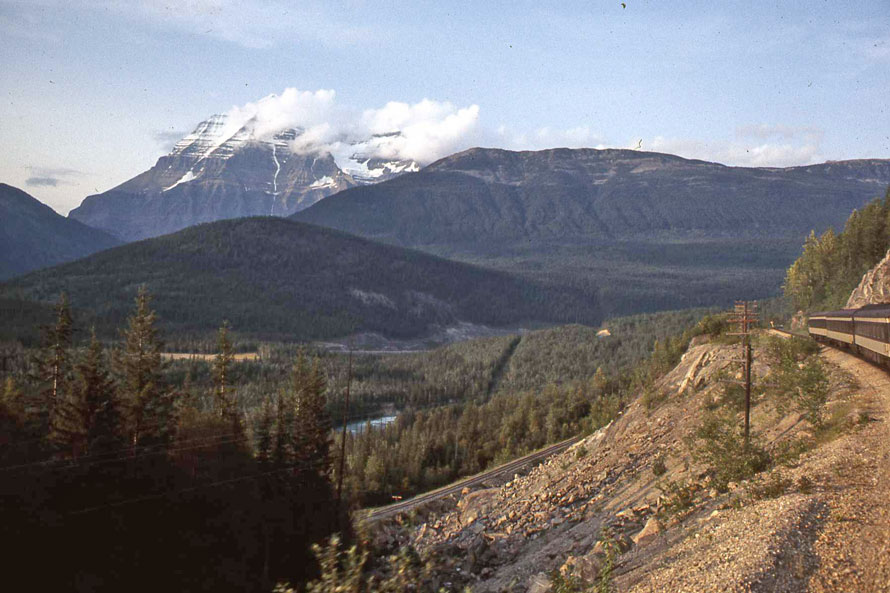
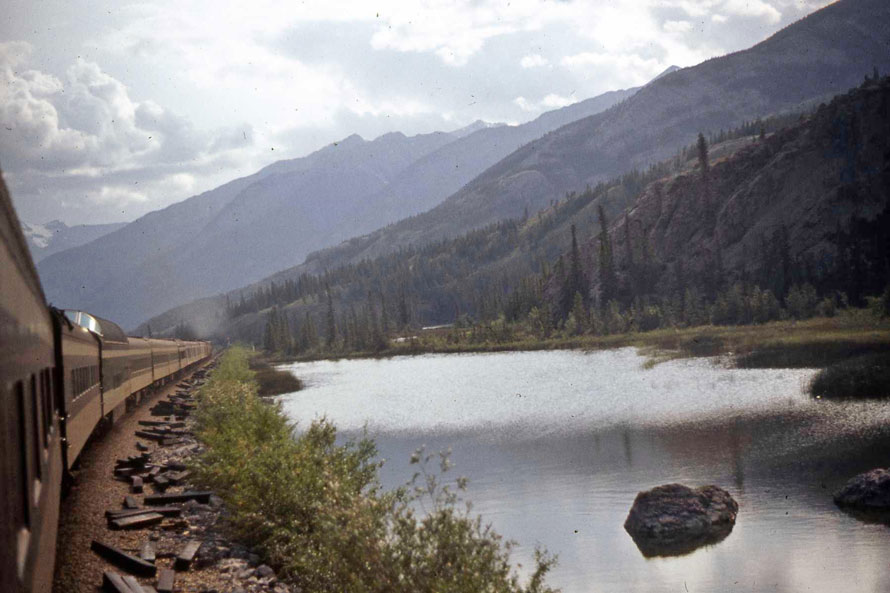
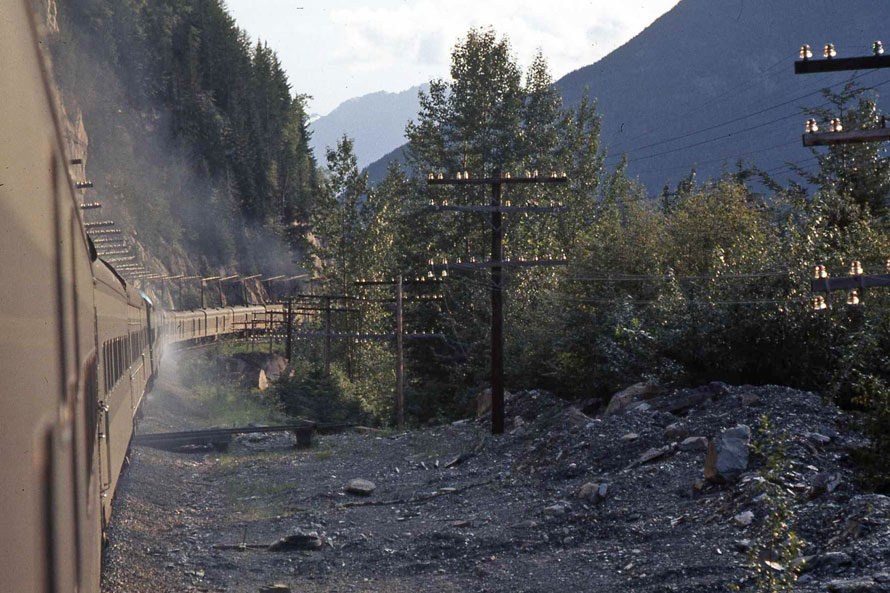
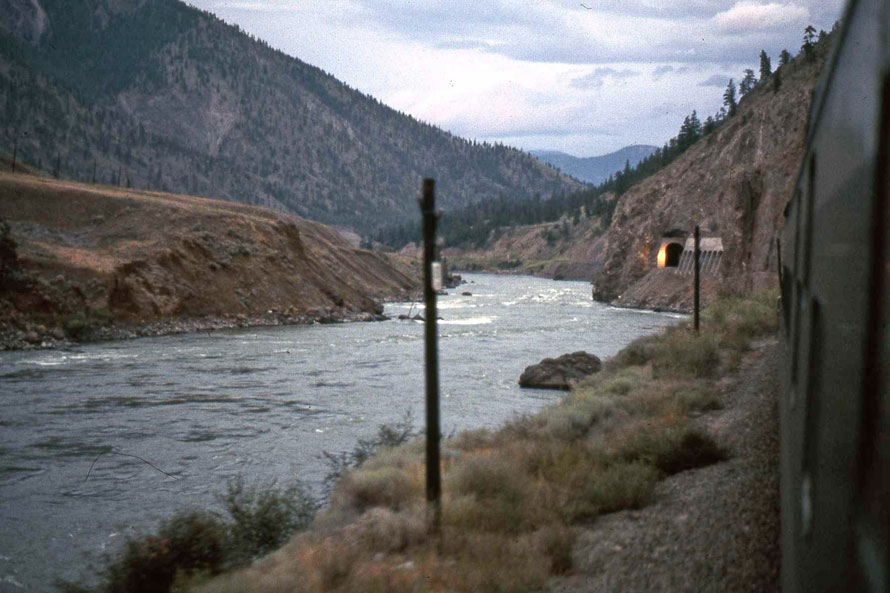
Eventually, we reached Vancouver and an overnight hotel and good hot shower to wash off all the dirt and grime collected at the open Dutch Doors.
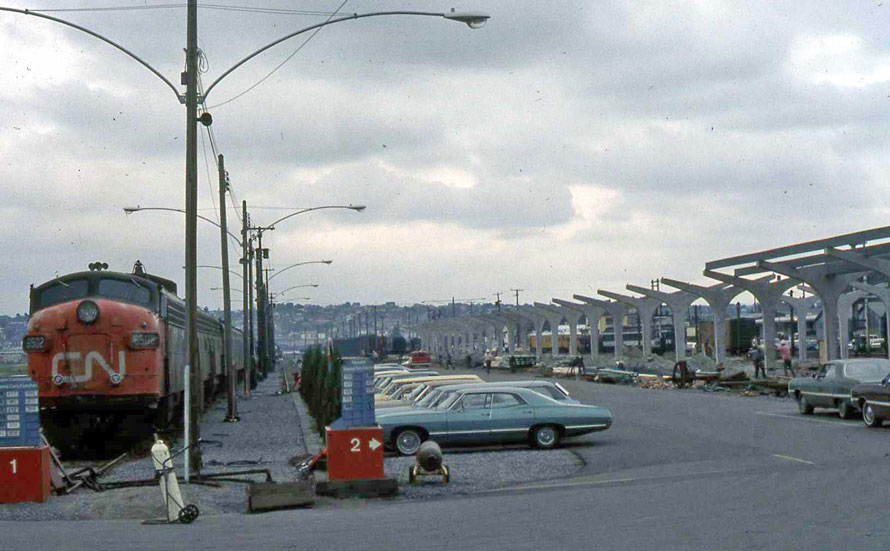
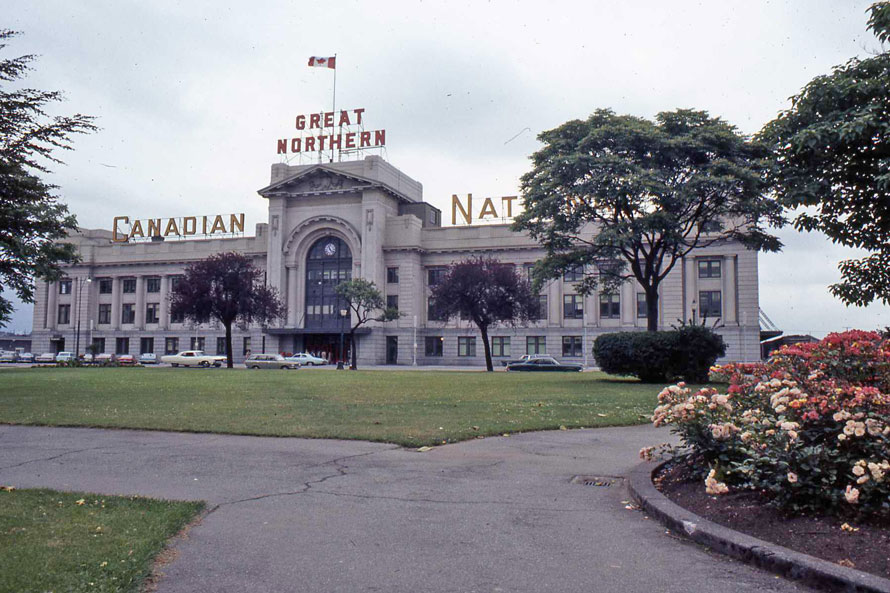
The next day it was time to leave Vancouver to train down to Portland and Seattle, then on to San Francisco to take the famous California Zephyr back to Chicago. We’ll head south, then east, in part two of the trip.
To be continued . . .
Bob Hughes – Text and photographs Copyright 2018
Thanks! I enjoyed the journey with you.
EXCELLENT PICS
Wonderful!! Thanks!!
Great trip report looking forward to the next post. One question, the photo of the CP Rail van looks as if it was from another trip, am I correct?
Gerry Gaugl
Ottawa ON
Gerry, yes, my mistake, didn’t catch that. I actually made this trip a second time in 1980 on Via, Montreal to Lake Louise on CP.
These are fantastic! More, please!
Bob, beautiful travelogue. The writing and photography are top notch!
Great photo essay Bob ! A question about your union … wasn’t it the “Order of Railway Telegraphers” (ORT) ? I hired on in 1975 at South Station for the Boston Division, and we joined BRAC, the Brotherhood of Railway and Airline Clerks, which was the successor to the ORT, as I was told then. Looking forward to your next installment !
Fred, that sounds right, I have my union cards and other papers, but not sure I could find them! I believe the full title of BRAC was Brotherhood of Railway, STEAMSHIP, and Airline Clerks. I never had to learn “the wire”, but in early railroading days, Operators copied train orders, etc., and also transmitted Western Union telegrams, reported on baseball scores, and other communications.
From Wikipedia: “In 1919, it renamed itself the “Brotherhood of Railway and Steamship Clerks, Freight Handlers, Express and Station Employes” to reflect its broadened jurisdiction. In 1967, it changed names again to the “Brotherhood of Railway, Airline, Steamship Clerks, Freight Handlers, Express and Station Employes”, commonly known as BRAC. Finally, in 1987, after absorbing members from a half dozen other unions that merged with BRAC, the organization adopted its current name.
https://en.wikipedia.org/wiki/Transportation_Communications_International_Union
and some interesting history about the Order of Railroad Telegraphers:
https://en.wikipedia.org/wiki/Order_of_Railroad_Telegraphers
Were you an operator on the Boston Division?
Yes, I was an operator on the Boston Division starting in mid-1975 through to January 1989. The Boston spare board covered a lot of jobs then, from bridge operator at Mystic River, CT and elsewhere, to freight agent, ticket agent/operator at some stations, and of course interlocking towers. The territory covered the interlockings on the Shore Line from South Station through Providence to New Haven and also the Hartford Line, as well as what was left of the branch lines around Boston. I worked many a trick at the magnificent Tower 1, South Station, with the colorful band of characters in the terminal yard.
The early 20th-century infrastructure was still partially intact, and I admired and enjoyed using the “Armstrong” interlocking machines, upper quadrant semaphores, hooping train orders, selling passenger tickets at Canton Junction station and operating the bridges. Towers at Tower 1, South Bay, Chickering, Broadway, Attleboro, Readville, Providence, Cranston, Kingston, etc. down to Groton were frequent work places. I worked with many interesting characters, too, guys who had started in the late ’40s and ’50s who shared great stories. I eventually came to have a few of my own, too.
I was promoted to dispatcher after a few years and worked that job the old way, without any computer monitors; you had to have accurate minute-by-minute knowledge of the whole railroad and everything on it that was moving, assisted by the operators’ (verbal, not telegraph) OS reports. It was an unforgettable experience and taught me many lessons about life and the railroad as a young adult in my 20s and 30s. The language and culture of the railroad were unique and unforgettable, but very little of the railroad world that I knew is left, all having been swept away by “progress”.
Thanks for replying, Bob. I hope you’ll continue to share your experiences …
Fred, please contact me at bhughes914@gmail.com with your email address. I have a number of photos taken from the head end of NH trains from Boston in summer 1970 you will enjoy
Bob, thanks for your pics and well written commentary! What a fabulous train journey, friend!
I knew there was a reason why I did not delete this from my email – only now have I had a chance to quickly view it. Great photos – that remind me of a much similar trip I took with my family about the same time. The photos are excellent – now to go back and re-read it. Thanks so much for this.
Really enjoyed this great post and the fabulous pictures! Brings back lots of fine memories of train trips I took from the Maritimes to Toronto and back on that CN equipment that my Father serviced from Halifax.
Hello Bob:
Tonight, as I was reading through Part 1 of your “No Time to Waste” post
on the Trackside Photographer blog, I almost fell out of my chair when I
saw your photograph of the Super Connie passing by the CN station at
Elma, Manitoba!
I live in Winnipeg and am an avid railfan photographer who knows that
part of the province fairly well. From points east of Elma and on into
northwestern Ontario, I, and others, are able to ‘catch’ trains in the
Canadian Shield scenery where, unlike the prairies, one can include
forested vistas and rock cuts, etc. in photographs. Since the late
1980s, I have railfanned VIA Rail in that area and often wondered what
the Elma station looked like as it had been torn down in the late 1960s,
likely only a few months after you took your photograph. Elma remained a
flag stop on VIA’s schedule (which is quiet unreliable) with an Atco
trailer as a makeshift station – it, too, was removed in 2014. The
small, two track yard is still there and often contains set-offs and/or
a variety of MOW equipment. The concrete platform is no longer there
although a ‘remnant’ of it exists at the far west end.
And so, there ya go, Bob – you just never know when a photo you include
in an ‘article’ might have an effect on someone reading the story. A
random photo of the Elma CN station! Thank you, Bob!
Morgan Turney